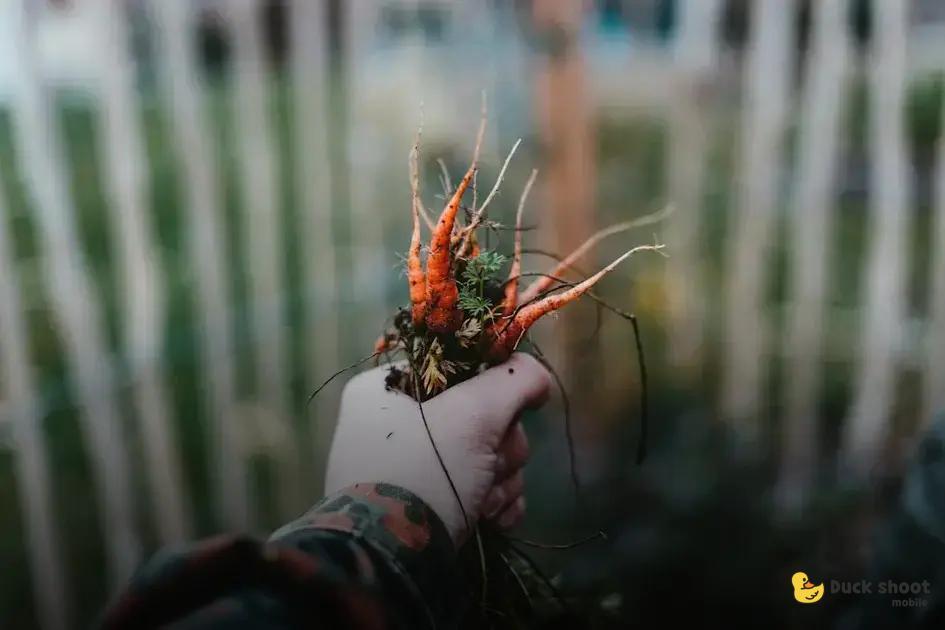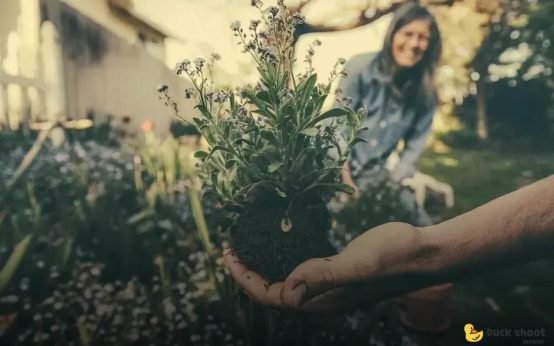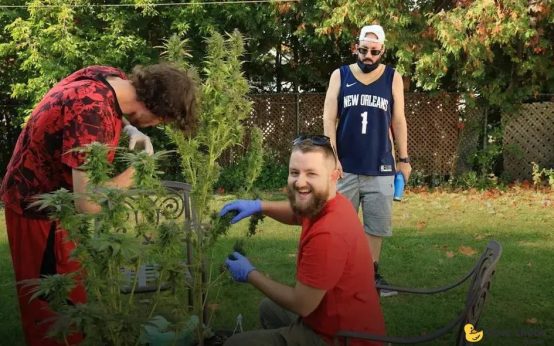Bringing your plants back to life is possible with the right steps. The first key is understanding why they are struggling. Examining essential elements like soil conditions, pest infestations, and watering practices can make all the difference. By correcting these, you can help your plants thrive again.
Examine Soil Conditions
Before taking any steps to revive your struggling plants, it’s essential to examine the soil conditions in which they are growing. Start by checking if the soil is too compact, as this can restrict root growth and limit water and nutrient absorption. To address this, try gently aerating the soil with a garden fork or similar tool. Ensure the soil provides good drainage, as waterlogged soil can lead to root rot. You might consider amending the soil with organic matter such as compost, which can improve soil structure and add valuable nutrients.
Observe the soil’s pH level; different plants thrive in different pH environments, and an imbalance can lead to nutrient deficiencies. A simple soil test kit from a garden center can help determine the current pH and guide you in making necessary adjustments. Consider the presence of mulch, which can help retain moisture while also suppressing weeds and protecting roots from temperature extremes. By thoroughly understanding your soil’s condition, you lay the groundwork for healthier plant growth. Addressing these critical soil factors is a vital step in reviving plants that might otherwise be at risk of continued decline.
Check for Pest Infestations

In your quest to revive dying plants, one of the critical checks is to look for signs of pest infestations. Pests can severely impact the health of plants, leading to wilting, discoloration, and even plant death. Regularly inspecting plants for signs of pest presence is crucial to identifying issues early.
Look for visible signs of pests like aphids, spider mites, or gnats on leaves and stems. Check the undersides of leaves, as pests often hide there. Be alert for webs, holes, or sticky residue, which can indicate pest activity.
If you find signs of pests, begin with gentle removal techniques such as spraying water to dislodge pests or using a soft brush to wipe them away. In severe cases, consider natural deterrents like neem oil or insecticidal soap to treat affected plants.
Additionally, cultivate a strong plant defense system by keeping plants healthy and stress-free. Pests usually attack plants already compromised due to lack of water, excessive sunlight, or poor nutrition, so maintaining a balanced care routine is imperative.
By being proactive about pest management, you can effectively protect your plants from further harm and facilitate their recovery process. Regular monitoring and intervention will ensure your plants remain pest-free and thrive once more.
Assess Watering Practices
Proper watering is critical for plant health, and assessing current watering practices is essential when trying to revive dying plants. Begin by reviewing the frequency and amount of water your plants receive. Are they getting too much or too little? Overwatering can lead to root rot, while underwatering can leave plants parched and weak.
Observe the soil to check for moisture. Dig a small hole or use a moisture meter to get an accurate reading. The soil should be moist but not waterlogged. If the top two inches are dry, it’s likely time to water.
Consider the specific needs of your plant species. Some plants thrive in damp soil, while others prefer drier conditions between watering. Locate information about your plant to guide you in adjusting the watering schedule appropriately.
Timing Matters
Watering at the right time of day can make a considerable difference. Water in the morning, which allows the plant to absorb moisture effectively before the heat of the day causes rapid evaporation. Avoid evening watering to prevent excess moisture overnight, which can promote disease.
Maintain Proper Drainage
Inspect your pots to ensure they have adequate drainage holes to prevent water from accumulating at the bottom. For in-ground plants, amend heavy clay soils with sand or organic matter to enhance drainage.
By diligently evaluating and adjusting your watering practices, you provide your plants with the best chance of recovering their vitality.
Evaluate Sunlight Exposure

Plants thrive with the right balance of sunlight exposure. Too much or too little can damage them. Observe the current location of your plant. Is it placed in direct sunlight, partial shade, or full shade? Determine the needs of your specific plant species as different plants have varied sunlight requirements.
Signs of Light Stress: Yellowing leaves, wilting, or brown edges might indicate inadequate light. On the other hand, scorched or bleached leaves could signify too much exposure.
Finding the Right Spot
Adjusting plant placement can improve health. For plants needing more light, consider moving them closer to south-facing windows. If they require less light, a north-facing window might be optimal.
Utilize plant stands or reflective surfaces to amplify indirect light when necessary.
For outdoor plants, track the sunlight across your garden throughout the day. Reposition plants accordingly to ensure they get the necessary amount of light without suffering from overexposure.
Inspect for Disease Symptoms
When trying to revive a dying plant, examining for disease symptoms is crucial. First, observe the leaves. Check for spots, discolored areas, or any wilting. These are often signs of fungal or bacterial infections. Spots are typically brown or black, appearing in irregular shapes. Sometimes, you’ll notice a powdery substance which is a common indicator of powdery mildew.
Examine the stems as well. Look for any dark streaks or mushy areas. These could indicate root rot or stem blight. It’s often necessary to prune these areas away to prevent the disease from spreading further throughout the plant.
Next, inspect the roots. Carefully remove the plant from its pot to check the roots. Healthy roots are generally light in color and firm. If they appear brown, mushy, or have a foul odor, the plant likely has root rot. You may need to trim these off and replant in fresh soil for the best chance of recovery.
Don’t forget to look under the leaves for signs of disease. Sometimes, diseases can cause the appearance of what looks like spider webs or a dusty appearance. A disease like this could impact the plant’s ability to photosynthesize and absorb nutrients properly.
Treating diseased plants often involves using appropriate fungicides or bactericides. Always read instructions carefully to ensure safety and efficacy. This treatment, combined with proper care and environmental adjustments, can help the plant recover more effectively.


 Hosting a Garden Party: Nature-Inspired Décor Tips
Hosting a Garden Party: Nature-Inspired Décor Tips  Outdoor Lighting Ideas to Highlight Your Garden Neatly
Outdoor Lighting Ideas to Highlight Your Garden Neatly  Incorporating Water Features into Your Garden Like a Pro
Incorporating Water Features into Your Garden Like a Pro